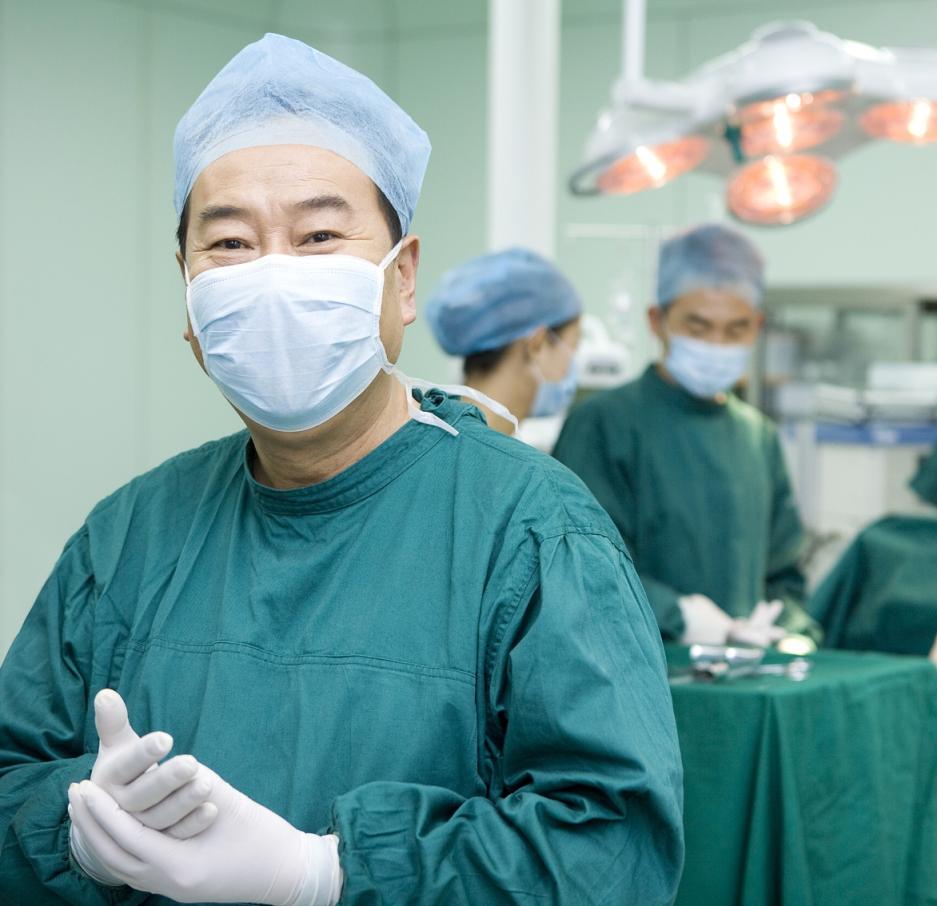Healthcare Textile Innovation Challenge
The Challenge
“Reduce healthcare-associated infections without compromising fabric comfort or durability.”
A Turkish textile consultancy firm needed antimicrobial fabrics for surgical scrubs and patient gowns that could withstand industrial laundering (75°C+, 100+ cycles) while maintaining bactericidal efficacy against hospital-acquired pathogens like MRSA and E. coli.
A Turkish textile consultancy firm needed antimicrobial fabrics for surgical scrubs and patient gowns that could withstand industrial laundering (75°C+, 100+ cycles) while maintaining bactericidal efficacy against hospital-acquired pathogens like MRSA and E. coli.
Our Innovation Journey
1
Understanding Healthcare Textile Requirements
Medical textiles face extreme conditions: repeated exposure to bodily fluids, chlorine-based disinfectants in industrial laundry, and constant contact with antibiotic-resistant bacteria. Traditional antimicrobial treatments (triclosan, quaternary ammonium) degrade after 20-30 washes or leach chemicals that trigger skin allergies in 15-20% of healthcare workers.
2
Rethinking Antimicrobial Chemistry
We explored nano-silver technology – silver ions at 1-100nm scale that disrupt bacterial cell membranes through multiple mechanisms (enzyme deactivation, DNA binding, respiratory chain interference). Unlike organic biocides, nano-silver maintains efficacy against multi-drug resistant strains and doesn’t contribute to antibiotic resistance. But could we lock these particles into fibers permanently?
3
Engineering Durable Integration
Our breakthrough came from embedding nano-silver particles directly into polyester/nylon polymer melt during fiber extrusion – not as a surface coating. This creates a “reservoir effect” where silver ions migrate to the fiber surface continuously, replenishing antimicrobial protection even after abrasive laundering. We blended this with cotton for breathability, creating ISILVERY® spun yarn (30% nano-silver polyester / 70% cotton).
4
Optimizing for Medical Standards
We engineered two yarn counts for different applications: Ne32s for heavyweight scrubs requiring durability, and Ne40s for lightweight patient gowns prioritizing softness. Both passed ISO 20743 antimicrobial testing (99.9% reduction against S. aureus and E. coli) and maintained efficacy after 50+ industrial wash cycles at 75°C with chlorine bleach.
✨ The Breakthrough Solution
ISILVERY® Nano-Silver Antimicrobial Spun Yarn
Composition:
30% Nano-Silver Polyester
70% Cotton
30% Nano-Silver Polyester
70% Cotton
Antimicrobial Rate:
99.9% against
S. aureus & E. coli
99.9% against
S. aureus & E. coli
Wash Durability:
50+ cycles at 75°C
with chlorine bleach
50+ cycles at 75°C
with chlorine bleach
Available Counts:
Ne32s (Scrubs)
Ne40s (Gowns)
Ne32s (Scrubs)
Ne40s (Gowns)
Safety Standard:
Non-toxic, non-allergic
Skin-safe certification
Non-toxic, non-allergic
Skin-safe certification
Moisture Management:
Excellent breathability
Cotton-like comfort
Excellent breathability
Cotton-like comfort
🏆 Clinical Performance Results
99.9%
Bacterial Reduction Rate (ISO 20743)
50+
Industrial Wash Cycles Maintained
0%
Allergic Reactions Reported
75°C
High-Temperature Wash Resistant
24/7
Continuous Antimicrobial Protection
100%
Compliance with Medical Textile Standards
Industry Application
“After evaluating ISILVERY® yarn samples, we confirmed its superior performance for medical textile applications. The nano-silver technology provides durable antimicrobial protection that survives industrial laundering protocols, while the cotton blend ensures healthcare workers’ comfort during 12-hour shifts. This solution addresses the critical need for infection control without compromising fabric functionality.”
— Supply Chain Consultant, Healthcare Textile Division
Need antimicrobial textile solutions for healthcare or hygiene applications?
Request Technical Samples




